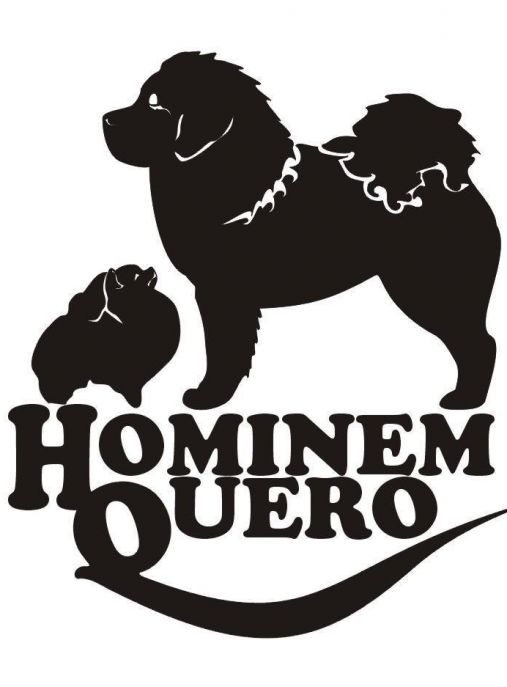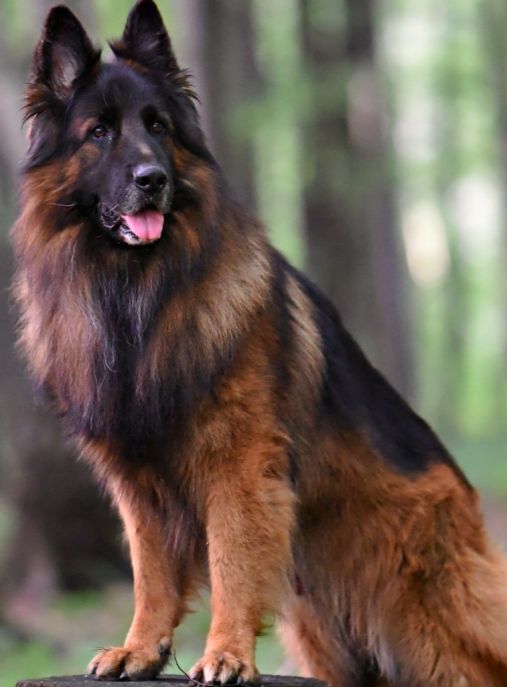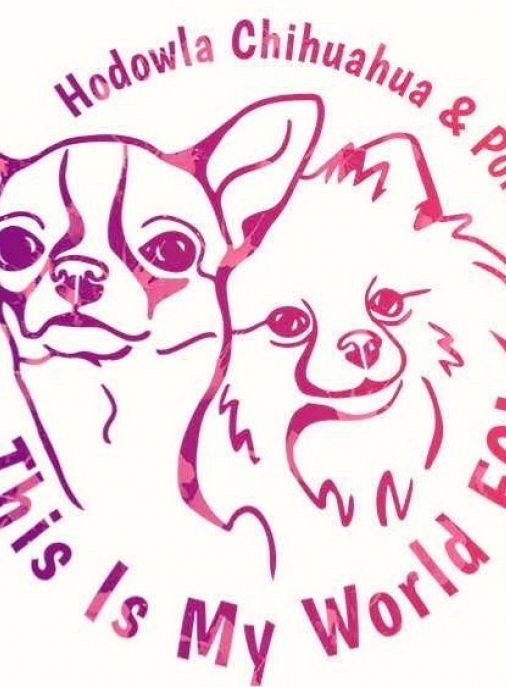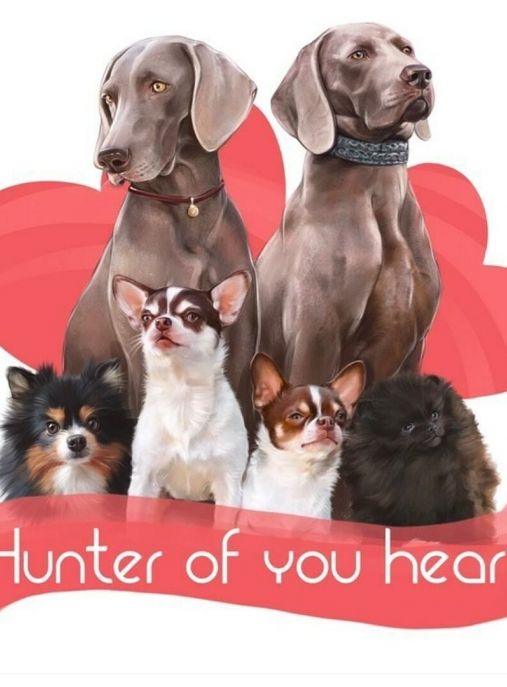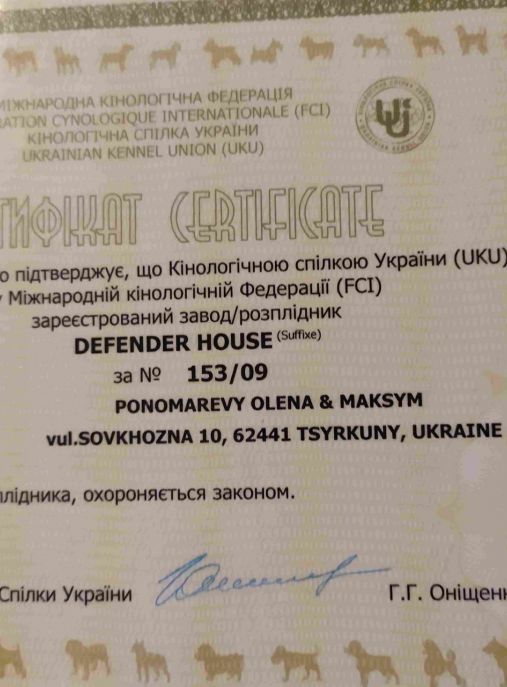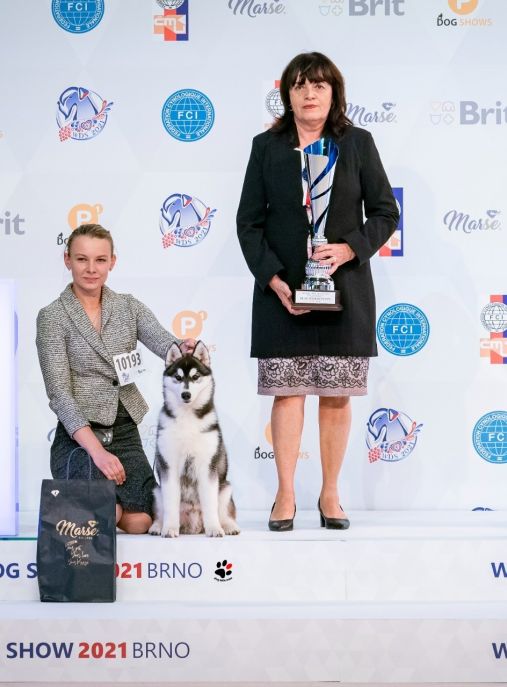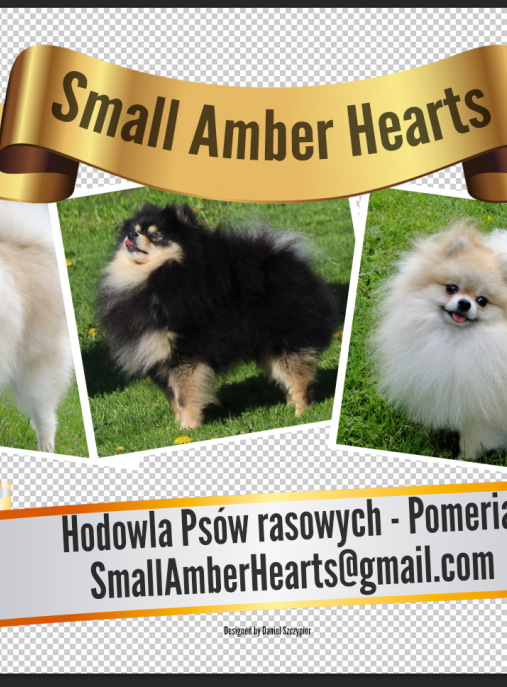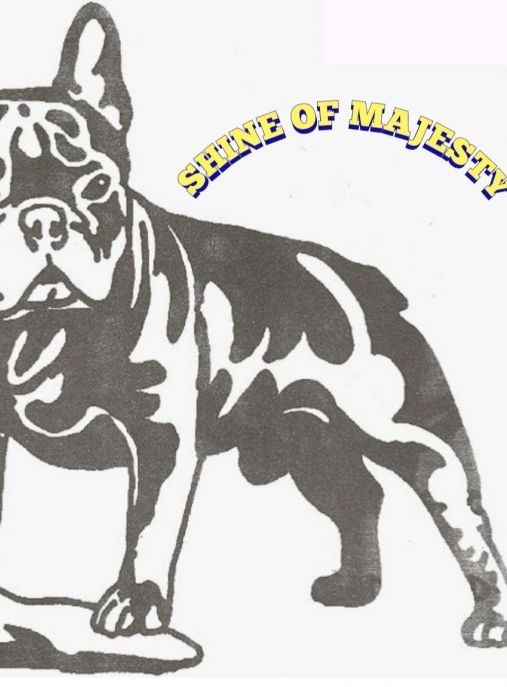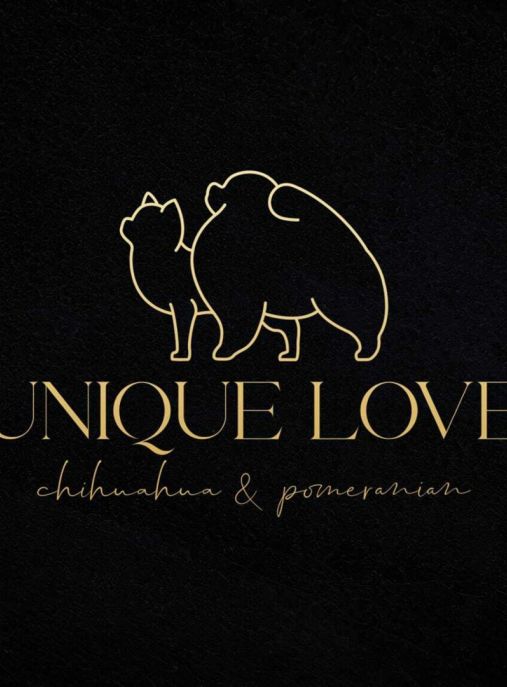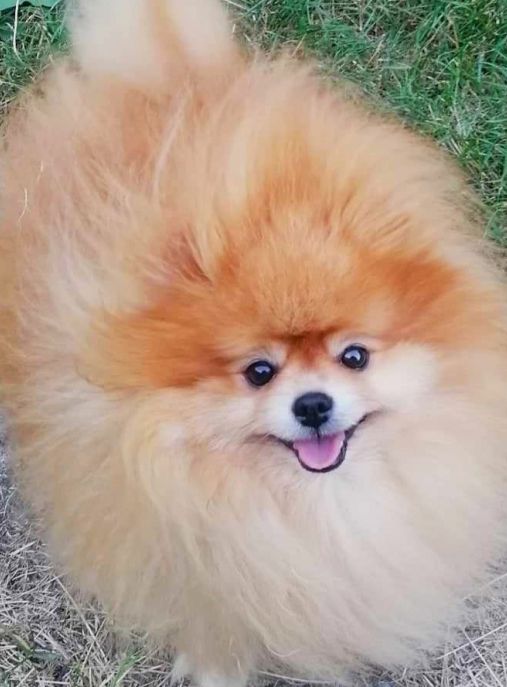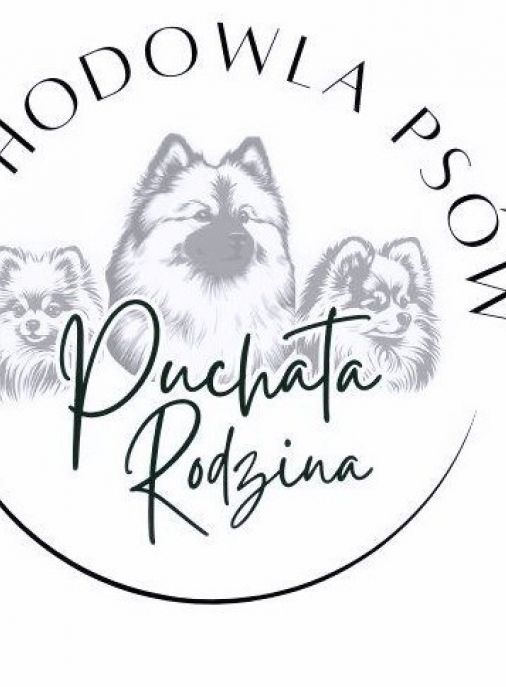The Pomeranian (also known as German Spitz or Dwarf Spitz) is a descendant of Arctic sled dogs. It probably has the wolfspitz, the elkhound and the samoyed among the ancestors. The first documented information about this breed comes from Pomerania in the 19th century. However, the mentioned spitz was much larger. In each litter usually about 10 dogs were born. Puppies as small as possible were most in demand.
In 1888 Queen Victoria promoted the possession of Pomeranians, and the British fell in love with them.
Although it is a German breed, British breeders contributed to its improvement, giving it a beautiful appearance, profuse coat and small size. The Pomeranina is a dog with a well-proportioned square shape, with a beautiful coat. A profuse ruff around the neck, a fluffy tail carried proudly on the back, a fox-like face with vivid eyes and small, pointed ears give this dog a bold look. The Pomeranian is the smallest variety among Spitz.
- Life Expectancy: 12 - 16 years
- Height of the dog at the withers: 18 - 20 cm, individuals less than 18 cm are undesirable.
- Weight proportional to height.

The Pomeranian charms with its beautiful coat, standing out thanks to the profuse undercoat. The lush, mane-like ruff around the neck and profusely furred tail, proudly carried by these little dogs, are particularly impressive. A fox head with watchful eyes and small, pointed and closely set ears give this Spitz a unique, distinctive pugnacious appearance.
The Pomeranian was always considered a lively dog, devoted to its owner. It is very easy to train. This Spitz does not trust strangers and has no hunting instinct, which makes it a great guard dog. It is also a good observer, and it wants to have everything and everyone in sight. These tiny dogs also have the advantage that they do not jump at everyone at the first meeting, and will only allow them to be petted when they accept someone. They are neither shy nor aggressive. The features for which the German Spitz is famous are longevity and indifference to weather conditions.
The German Spitz is kind in nature and very energetic. It is a runaway train! The Pomeranian is an agile, willing to learn and obedient dog. It is up to the future owner what kind of dog it grows into. If guided well, it will be a gentle and confident family companion. As a rule, it likes children, but if there is too much interest on the part of the little ones, the dog can become nervous. Pomeranians live in harmony with dogs and other domestic animals. Due to their lush fur, some individuals appear much larger than they really are. And they also feel like that, which is why these Spitz dogs can catch dogs much larger than themselves. Pomeranians need short walks, which doesn't mean they don't like long walks. It is an active breed that likes to play. The Pomeranian also loves mental activities, such as sniffing. It is therefore a good idea to buy an olfactory mat for your dog. Any training fun and learning how to follow commands is a good way to spend your free time with your dog. Thanks to this, the dog feels safe and its sense of acceptance grows.
This little shaggy ball needs to be combed out regularly. After each walk, especially in the forest, it is worth checking the dog's coat for ticks.
The acceptable colors of coat for the Pomeranian are:
- black: the black Spitz must have black undercoat and skin, and the outer color must be a shining black with no trace of white or other markings.
- brown: the brown Spitz should be uniformly dark brown.
- white: the coat should be pure white, especially without a trace of yellow, which is common, especially on the ears.
- orange: the orange Spitz should be of even, medium-saturated color.
- grey shaded (wolfish): the grey shaded colour, the so-called wolfish, is silver grey with black tips of hair
The German Spitz has a double coat. The outer coat is long, straight and stand-off, while the undercoat is short, dense and woolly.
The Pomeranian is long-lived. As a rule, it is a healthy and disease-resistant dog. Like other small breeds, the pomeranian can suffer from patella prolapse, cataracts, and eyelid curl. There are also tracheal problems. Due to its lush fur, it does not tolerate high temperatures. Therefore, in summer, it should be provided with a cool place to rest.
The Pomeranian is not an expensive dog to maintain. It doesn't eat much but it has its own selected flavors. It should be given a good-quality medium-protein feed. The food must supply its body with all the necessary ingredients needed for its proper growth.
